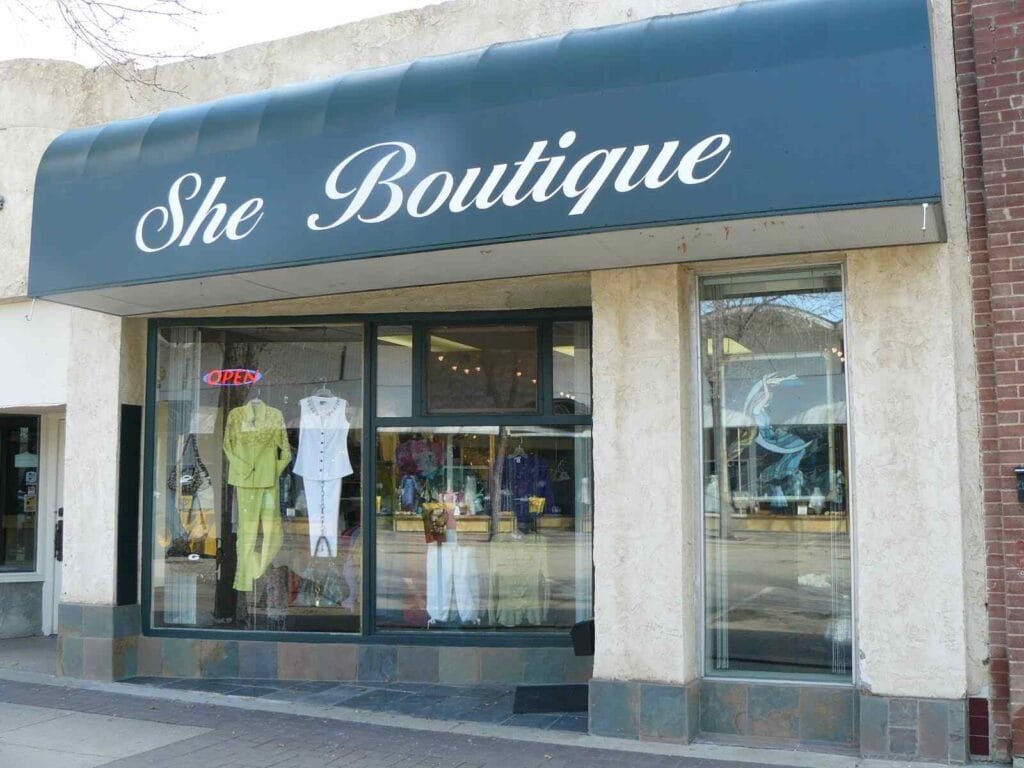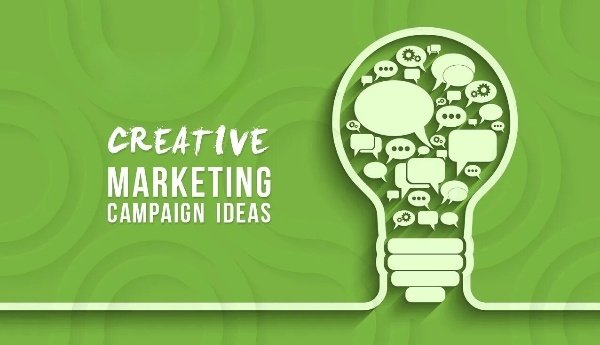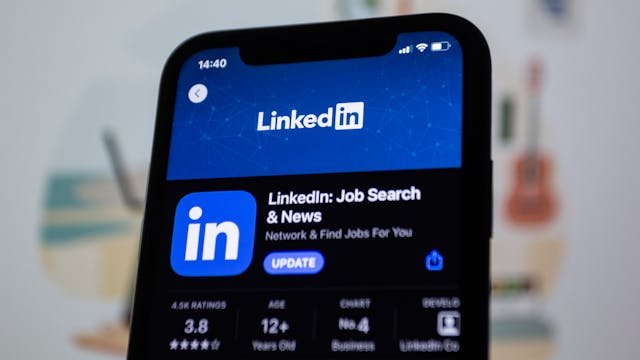In a world filled with ads and promotional messages, people are turning to real stories, recommendations, and experiences for guidance. User-generated content (UGC) taps directly into this desire for authenticity, providing businesses with a powerful way to connect with audiences without spending heavily on advertising. UGC, created by your customers and followers, brings a level of credibility and relatability that traditional marketing often can’t achieve.
For businesses working with limited budgets, UGC is a goldmine. Not only does it cost less than traditional content creation, but it also boosts engagement, enhances trust, and drives faster growth. In this article, we’ll explore how to effectively leverage user-generated content to fuel growth, attract new customers, and build brand loyalty—all without needing a big budget.
Understanding the Power of User-Generated Content
User-generated content is any type of content—like photos, videos, reviews, or testimonials—that’s created by your customers, fans, or followers. When people share their experiences with your product or service, it creates social proof, which is one of the most powerful factors influencing buying decisions. When potential customers see real people enjoying your brand, they’re more likely to trust you and consider purchasing.
UGC does more than build trust; it drives engagement and reach. Unlike brand-produced content, UGC often feels more relatable and authentic, leading to higher engagement rates. Plus, when people share content about your brand, they’re essentially promoting you to their own networks, expanding your reach without any extra effort or cost on your part.
Step 1: Setting the Stage for User-Generated Content
To encourage people to create and share content about your brand, it’s essential to create a culture that celebrates customer participation. Start by building a relationship with your audience and making it easy for them to share their experiences.
Encourage Your Customers to Share
One of the simplest ways to gather UGC is by actively encouraging customers to share their experiences with your product or service. Let them know that their opinions matter and that you value their feedback. This can be done in a friendly email after they make a purchase, or with a follow-up message thanking them for their support. Including a gentle nudge, like “Share your experience with us!” or “Tag us on social media with #YourBrandStory,” can go a long way.
To make it easy for customers to share, create clear instructions and highlight specific hashtags. For example, if you run a coffee brand, you could ask customers to tag their favorite morning coffee moments with a branded hashtag. This not only encourages more posts but also organizes your UGC under a single, searchable tag.
Showcase Customer Stories on Your Website and Social Media
Start building momentum by showcasing customer stories on your website and social media. When people see that you feature real customers, they’re more likely to feel valued and encouraged to share their own stories. Consider adding a dedicated section on your website for testimonials, reviews, or social media shout-outs. You can also create highlight reels on Instagram or Facebook that feature UGC, giving potential customers a visual look into how people are enjoying your product.
A great way to kick off this strategy is by sharing a few impactful testimonials or photos from your early adopters. If you already have some loyal customers or brand fans, reach out and ask if you can feature their stories. Seeing their content appreciated by your brand will make them feel more connected, and it will inspire others to join in as well.
Step 2: Creating a Branded Hashtag to Build Community

Branded hashtags are one of the easiest and most effective ways to collect UGC while building a sense of community. A branded hashtag brings all customer posts about your brand together, making it easy for you and others to discover the content.
Choose a Hashtag That Resonates
Creating a branded hashtag isn’t about just slapping your company name in front of “#Love” or “#Experience.” The best hashtags are simple, memorable, and capture the essence of your brand. Think about what makes your brand unique and consider how you can incorporate that into a hashtag.
For example, if your brand is focused on eco-friendly products, you could create a hashtag like #EcoLivingWithYourBrand. This appeals to your target audience’s values and aligns with their lifestyle, making them more likely to use it.
Encourage and Reward Hashtag Use
Once you’ve chosen a hashtag, encourage customers to use it by showing appreciation for those who do. Repost their content, engage with their posts, and thank them for sharing. Showing genuine interest in your customers’ content is one of the best ways to make them feel valued.
To further boost engagement, consider offering small incentives. For instance, a monthly giveaway for customers who use your hashtag can drive excitement and increase participation. You don’t need to give away something expensive; even a small gift or a discount code can be enough to motivate people.
By rewarding hashtag use, you create an environment where customers feel involved in your brand and are eager to share their experiences.
Step 3: Utilizing Reviews and Testimonials to Build Credibility
User reviews and testimonials are among the most powerful types of UGC. Studies show that consumers trust reviews from other customers more than they trust marketing messages. When potential customers read authentic, positive reviews, they’re more likely to feel confident in purchasing.
Actively Seek Out Customer Reviews
Don’t wait for reviews to trickle in. Ask for them! After a customer has purchased, send a friendly follow-up email asking for their feedback. Frame the message as a way for them to help others by sharing their experience. Keep the request casual and brief—making it easy to leave a review increases the chances that customers will take the time to do so.
To simplify the process, link directly to a review page on your website or social media. If you have a physical product, consider including a QR code with your packaging that directs customers to your review page.
Feature Testimonials on Your Site and Social Media
A well-placed testimonial can do wonders for your credibility. Instead of hiding reviews on a separate page, bring them front and center. For example, display positive customer quotes on your homepage, product pages, or checkout page, where they can reassure potential buyers.
Social media is another powerful channel for sharing testimonials. Screenshots of enthusiastic customer messages or short video testimonials can make your brand feel more approachable and trustworthy. The more authentic and relatable the reviews, the more they’ll resonate with potential customers.
Step 4: Engaging Customers with User-Generated Photos and Videos

Visual content, especially photos and videos, is incredibly engaging. When potential customers see others actively using and enjoying your products, it creates a sense of excitement and FOMO (fear of missing out), encouraging them to try your brand for themselves.
Repost UGC on Your Social Media
A simple but effective way to leverage UGC is by reposting it on your brand’s social media channels. When a customer tags you or uses your hashtag, reach out to ask if you can reshare their content. Most people are excited to have their post featured by a brand and will happily give you permission. Not only does this fill your feed with authentic content, but it also shows your customers that you appreciate them.
When reposting, add a caption that highlights the customer’s experience. For example, if someone shares a photo with your skincare product, your caption might say, “We love seeing how [customer’s name] incorporates our cleanser into their daily routine!” This small touch personalizes the post and makes your audience feel like they’re part of a community.
Host a UGC Contest to Boost Engagement
A user-generated content contest can be an excellent way to encourage customers to share photos and videos. Create a simple contest where followers share a photo or video of themselves using your product for a chance to win a prize. Make the entry requirements easy and clear—something as simple as posting a photo with your branded hashtag and tagging your account.
When done right, UGC contests can generate a lot of buzz and attract attention beyond your existing audience. The prize doesn’t need to be extravagant; a free product, discount code, or small gift card can be motivating enough. A well-promoted contest can provide you with a treasure trove of UGC while increasing brand awareness and engagement.

Related: Check out our free tools:

Step 5: Using UGC to Educate and Inspire Your Audience
Beyond testimonials and reviews, user-generated content can be used as an educational tool. When customers see others using your product in unique ways, it can inspire them to get more creative or find new uses for your products.
Share Tips and Tutorials Based on UGC
If customers share content showing how they use your product in everyday life, highlight those examples. For instance, if you sell kitchenware and customers share recipes or cooking tips, re-share these as tutorials or inspiration posts. You could create a series of posts like “Customer Hacks” or “How Our Community Uses [Product]” to showcase the various ways people are incorporating your product into their lives.
These types of posts educate your audience while strengthening the community around your brand. Potential customers get ideas on how to use your product, and current customers feel recognized and valued, which can lead to even more engagement.
Use UGC as Proof of Your Product’s Versatility
If your product or service is versatile, UGC can demonstrate its flexibility and appeal. For example, if you sell fitness equipment, different customers might share photos of themselves using it at home, at the gym, or while traveling. Highlighting these varied uses shows potential customers the range of possibilities, helping them visualize how the product might fit into their own lives.
Sharing diverse customer experiences builds a strong narrative around your brand, positioning it as adaptable and accessible to a broad audience. It not only attracts new customers but also encourages existing ones to try new ways of using your product.
Step 6: Building Trust and Loyalty Through Continuous Engagement

Encouraging user-generated content isn’t just about collecting content—it’s about building a loyal community. To maximize the benefits of UGC, show appreciation and consistently engage with your customers.
Acknowledge and Thank Your Customers
A small gesture of gratitude goes a long way in making customers feel appreciated. Whenever you feature a customer’s content, tag them and thank them publicly. You can even go a step further by sending a quick thank-you message or email. These small touches create a positive experience that strengthens brand loyalty.
If possible, offer special perks to customers who regularly contribute UGC. For example, you could give loyal UGC creators a small discount on their next purchase or exclusive access to new products. Recognizing their contributions not only shows appreciation but also motivates them to continue engaging with your brand.
Turn Loyal Customers into Brand Advocates
Some of your most loyal customers can become your best brand advocates. If you notice that certain customers frequently share content about your brand, consider reaching out to them directly to form a deeper connection. Invite them to become part of a VIP community, offer them a sneak peek at new products, or even consider a more formal ambassador partnership.
By turning loyal customers into brand advocates, you amplify your reach and reinforce your brand’s credibility. These advocates already love your brand, and their enthusiastic recommendations can have a powerful influence on others, helping you attract more quality customers organically.
Measuring the Impact of User-Generated Content
To maximize the benefits of your user-generated content efforts, it’s important to regularly measure its impact. Tracking performance helps you understand what types of UGC resonate most with your audience and allows you to refine your strategy for even better results. Here’s how to approach measuring and analyzing your UGC to fuel ongoing growth.
Set Clear Goals for Your UGC Campaigns
Before you dive into tracking results, define what you want to achieve with your UGC initiatives. Goals can include increasing engagement, improving brand awareness, driving website traffic, or even boosting conversions. For example, if you’re aiming to grow brand awareness, your metrics might focus on reach, shares, and mentions. If driving sales is your objective, tracking conversions from UGC posts becomes essential.
Setting specific goals gives you a clear focus, and it ensures that every piece of UGC aligns with your overall marketing objectives. You’ll be able to gauge whether UGC is driving the desired results and adjust your approach if necessary.
Track Key Performance Indicators (KPIs)
Once you’ve set your goals, identify key performance indicators to monitor your UGC’s effectiveness. Some valuable metrics include:
Engagement Rate: Look at likes, comments, and shares on posts that feature UGC. High engagement signals that the content resonates with your audience.
Reach and Impressions: Track how many people have seen your UGC. This is especially important for branded hashtags, as it indicates how far your UGC is spreading.
Conversion Rate: For UGC posts linked to your website or product pages, track conversions to see how many viewers actually make a purchase.
User Growth: Measure whether UGC campaigns contribute to an increase in your followers or email subscribers.
Many of these metrics can be tracked using free or built-in analytics on social media platforms like Instagram Insights, Facebook Analytics, or Google Analytics for web traffic. By monitoring these KPIs, you’ll gain insights into what works and can make data-driven decisions to refine your UGC strategy.
A/B Test Different Types of UGC
If you’re using multiple forms of UGC, such as customer photos, reviews, or video testimonials, consider testing different types to see which performs best. For example, if you’re promoting a new product, try sharing both a customer testimonial and a UGC photo to compare which generates more engagement or conversions.
Testing helps you understand which type of UGC resonates most with your audience, so you can focus on content that delivers the highest ROI. Over time, you’ll develop a clearer understanding of your audience’s preferences, allowing you to fine-tune your strategy for even better results.
Staying Authentic and Ethical with UGC

When using user-generated content, it’s essential to maintain a respectful and ethical approach. UGC is all about showcasing real customers’ experiences, so authenticity is crucial for maintaining trust and transparency with your audience. Here are some best practices to follow to keep your UGC campaigns ethical and aligned with your brand’s values.
Always Ask for Permission
Before reposting or sharing a customer’s content, ask for their permission. Not only is it legally safer, but it also shows respect for your customers’ work and privacy. A simple message such as, “We love your photo! May we share it on our feed?” is usually sufficient. Most people will be flattered that a brand wants to feature their content, and they’ll often be excited to grant permission.
If you plan to use UGC in paid ads, it’s even more important to secure explicit permission, as this use goes beyond organic sharing. Transparency builds trust with your audience and reduces the risk of misunderstandings or complaints.
Give Credit Where It’s Due
Whenever you share UGC, always give credit to the original creator by tagging their account or mentioning their name. Proper credit not only shows appreciation but also encourages other customers to share their own content, as they’ll see that you value and acknowledge their contributions.
Giving credit is also an important part of fostering a strong community. It reinforces that your brand appreciates its customers and is invested in building relationships rather than simply using them for promotional purposes. Over time, this respectful approach will strengthen your brand’s reputation and encourage more people to participate in creating UGC.
Maintain Authenticity in Every Campaign
UGC campaigns are most effective when they’re authentic and transparent. Avoid heavily editing customer photos or changing the context of their words in testimonials. The goal of UGC is to showcase genuine experiences, so let the content shine as it is. If you over-polish UGC, it may lose the authenticity that makes it so powerful.
Instead, embrace the diversity and uniqueness of each customer’s contribution. Genuine experiences resonate far more with potential customers than overly stylized or altered content. By staying true to your customers’ stories, you’ll build a brand that people trust and want to engage with.
Final Thoughts: Making UGC a Core Part of Your Growth Strategy
Leveraging user-generated content isn’t just a trend—it’s a sustainable way to build brand loyalty, expand reach, and drive growth without requiring a big budget. By encouraging your customers to share their experiences, celebrating their contributions, and consistently engaging with them, you build a community around your brand that goes beyond mere transactions.
User-generated content has the power to turn your customers into advocates, transforming them into an essential part of your marketing strategy. By focusing on authenticity, community, and appreciation, you can harness UGC to achieve rapid growth, boost engagement, and create a brand that people are genuinely excited to talk about. Embrace this approach, and watch as your community grows, your reach expands, and your brand becomes a trusted, relatable presence in the market.
READ NEXT:
- Are Vanity Metrics Killing Your Marketing Efficiency? Here’s What to Track Instead
- Pinpointing Digital Marketing ROI: Why Your Metrics Aren’t Telling the Full Story
- Unlocking Real ROI in Digital Marketing: The Hidden Costs Draining Your Budget
- How Misaligned Marketing Funnels Are Blocking Your ROI Potential
- Best Digital Marketing Agency In Santa Ana, California
- Best Digital Marketing Agency In San Francisco, California





















